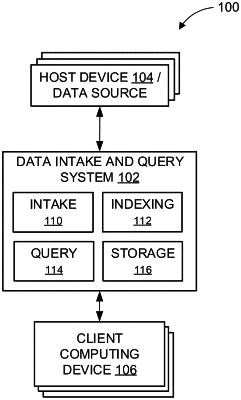| CPC G06T 15/04 (2013.01) [G06T 7/0002 (2013.01); G06T 17/05 (2013.01); G06T 17/20 (2013.01); G06T 2200/08 (2013.01); G06T 2207/30168 (2013.01)] | 20 Claims |

|
1. A computer-implemented method for scanning a three-dimensional (3D) environment, the method comprising:
generating mesh data representing a 3D environment;
receiving a plurality of frames associated with the 3D environment and captured by an image sensor coupled to a host device;
determining, for each frame in the plurality of frames, a fulfillment score that represents a quality of a texture generated from the frame for at least a subset of mesh faces included in the mesh data;
generating, by a processor, two-dimensional (2D) texture data for the mesh data based on the plurality of frames and the associated fulfillment scores; and
transmitting, by the processor, a portion of the 2D texture data and a portion of 3D depth data for the mesh data to a remote device for rendering a representation of the 3D environment.
|